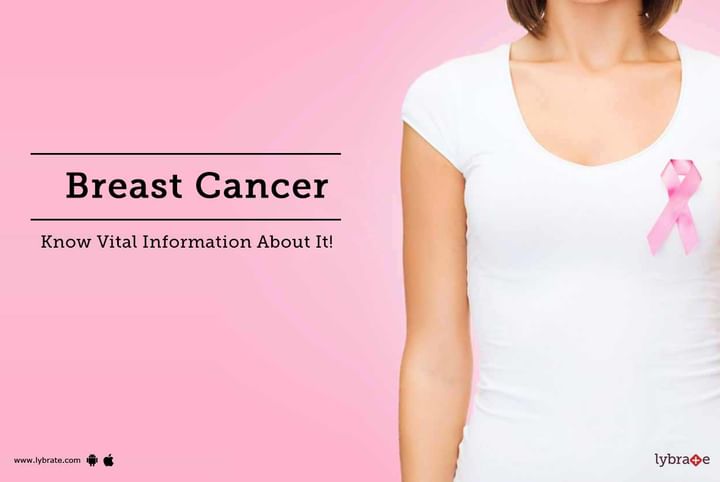Breast Cancer - Know Vital Information About It!
Breast cancer is a disease in which malignant (cancer) cells form in the tissues of the breast. It occurs in both women and men, although breast cancer in men is rare.
Risk factors:
- Lack of physical activity
- Alcohol consumption
- Advancing age
- No childbirth or no breastfeeding
- Family history of breast cancer
- Early menarche (< 12 years of age) or late menopause ( > 55 years of age)
- History of ovarian cancer or endometrial cancer
- History of benign breast conditions (e.g. atypical hyperplasia) or lobular carcinoma in situ
- Receiving hormonal replacement therapy (HRT)
- History of receiving radiation therapy to the chest before age of 30
More importantly, you can lower your risk of having breast cancer by the following measures:
- Have regular physical activities, do at least 150 minutes of moderate-intensity aerobic physical activities per week (e.g. climbing stairs or brisk walking)
- Avoid alcohol drinking;
- Maintain healthy body weight and waist circumference - aim for a body mass index (BMI) between 18.5 and 22.9, and a waist circumference of not more than 80cm for women; and
- Have childbirth at an earlier age and breastfeed each child for longer duration factors include:
What are the common symptoms of breast cancer?
The symptoms of breast cancer may not be easily noticed at an early stage. Any of the following changes in the breast can be a symptom of breast cancer:
• Breast lump;
• A change in the size or shape of the breast;
• A change in skin texture of the breast or nipple (e.g. red, scaly, thickened or “orange-skin” appearance);
• Rash around the nipple;
• In-drawing of the nipple;
• Discharge from one or both nipples;
• New and persistent discomfort or pain in the breast or armpit; and
• A new lump or thickening in the armpit
What is breast cancer screening? Should I screen for breast cancer if I do not have any symptom?
Screening means examining people without symptoms in order to detect disease or find people at increased risk of disease. It is often the first step in making a definitive diagnosis. For breast cancer screening, its purpose is to find women who have breast cancer, before they have any symptom, in order to offer them earlier treatment.
Mammography is widely used as a screening tool. It is an X-ray examination of the breasts. During mammography, the breast is pressed between 2 plates to flatten and spread the breast tissue, in order to obtain a clear image. Some women may find it uncomfortable or painful but the discomfort is usually short-lasting. Mammography screening is safe in general and only a very small dose of radiation is used in the procedure. One in 5 female breast cancer patients may be missed by mammography.


+1.svg)
